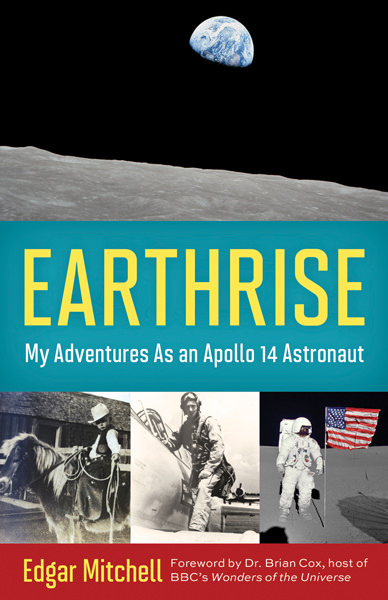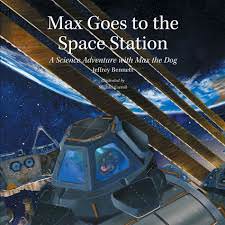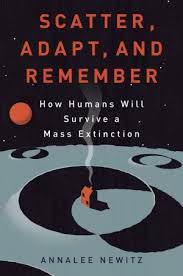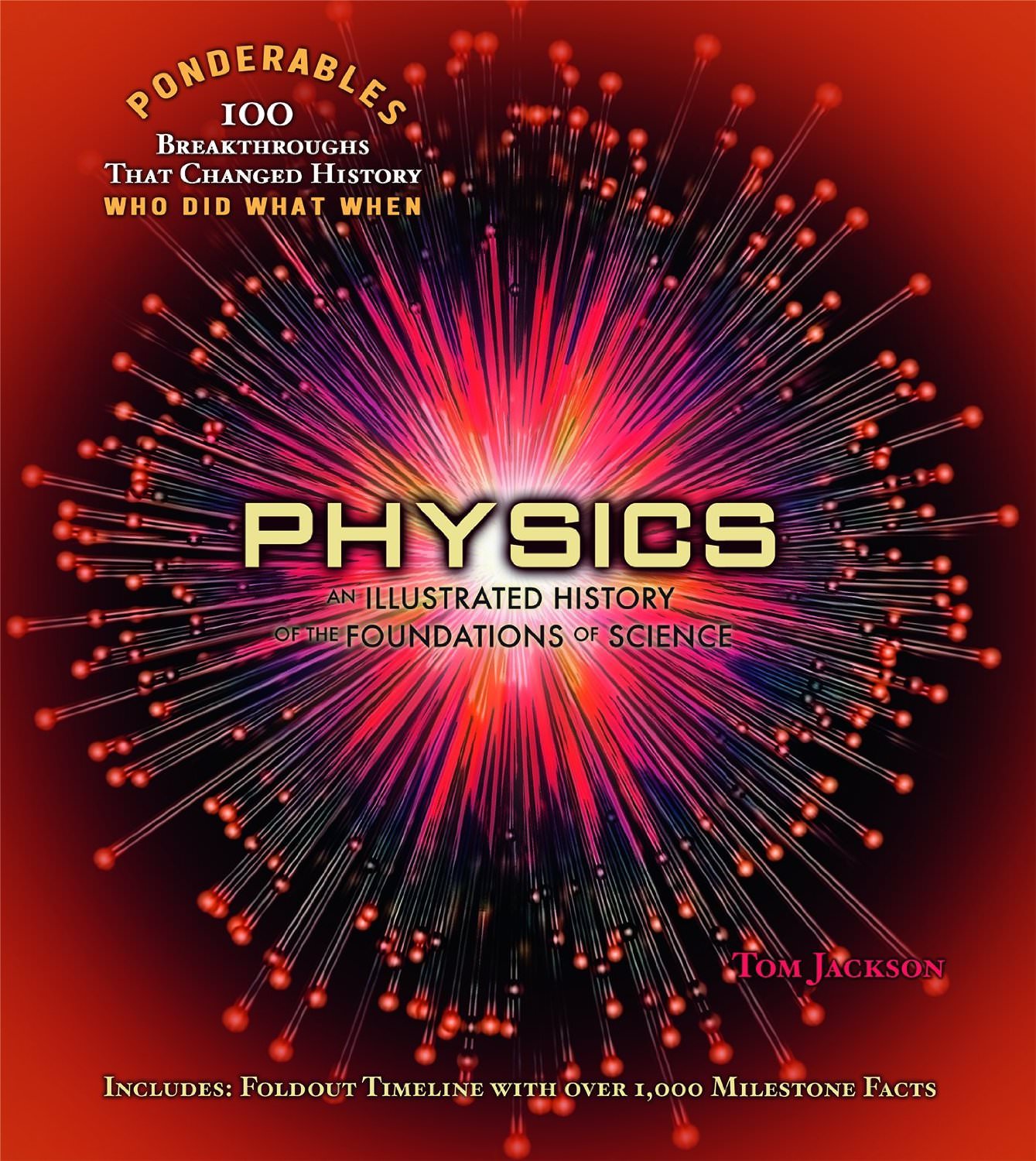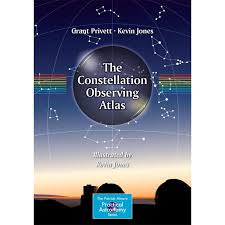Space Hoax, written by Paul Gillebaard, is the adventure filled sequel to his book Moon Hoax (read our review of that book here.) This space thriller begins right where Moon Hoax left off.
Our hero, Peter Novak, living a certainly less than boring life, is on his way back from the Moon. He had launched on what was supposed to be a suicide mission to the Moon in a race to disprove China’s lies. Peter proved our country did go to the Moon; the Apollo missions were not faked. China’s machinations to humiliate the USA in a dizzying plot failed. Saving face and doing the right thing, the two Taikonauts in orbit around the Moon allow Peter Novak to use their Chinese spacecraft as a lifeboat home.
The stage is now set for Peter’s next challenge.
Executives in China are not pleased with their lies being exposed. Ideally, they would love to put an end to Peter Novak. They still wish to embarrass the USA, cripple our space program, and push their own country ahead into the future of spaceflight. Their next possible target: A commercial spaceflight company and the International Space Station (ISS). Any terrorism against the ISS would be incredibly damaging to the USA and the other cooperating space faring nations.
In Space Hoax, Peter is torn. He wants to develop his relationship with the love of his life. She is the daughter of a Cosmonaut, his father’s ally and friend from years past. Once back on Earth, Peter must contend with staying grounded in life and the inevitable pull of his job. He’s trying to move forward with his girlfriend and stay safe for her sake. On the other hand, he is an accomplished astronaut and trusted government agent. When the Space Intelligence Division has a credible threat that a prominent commercial rocket company has a spy within its ranks, Peter Novak is recruited for the job. How much will Peter have to risk this time to complete the mission?
Space Hoax is chock full of rockets, launches, harrowing landings, and spacewalks that all space geeks will love. Paul Gillebaard has a commanding knowledge of aerospace technology and sprinkles the book’s pages with credible tech. As a female reader, Peter Novak’s male swagger can be a bit much, but the plot pulls you in and weaves a plausible tale of high stakes, space race deceit. If you enjoyed Moon Hoax, you will be pleased with its sequel.
You can find Space Hoax on Amazon, and find out more about the author at his website.


